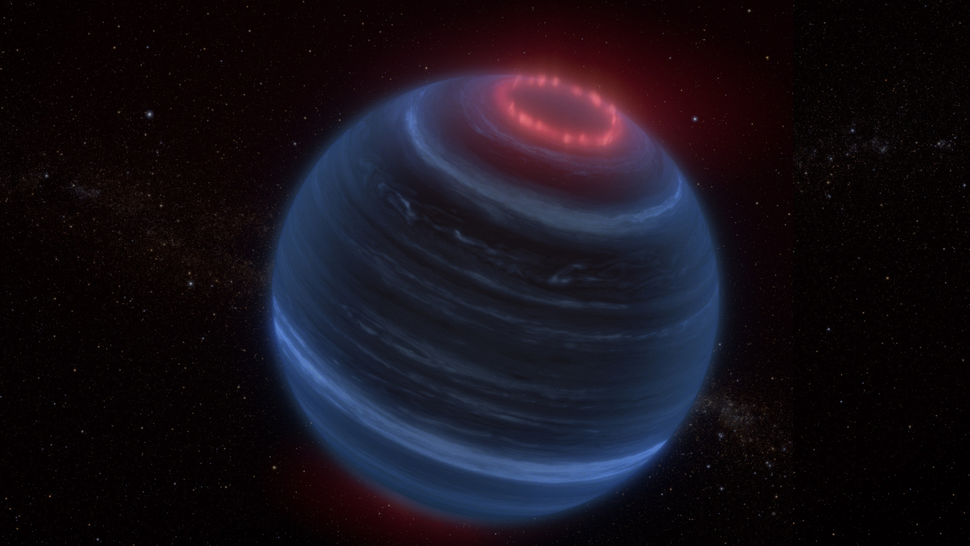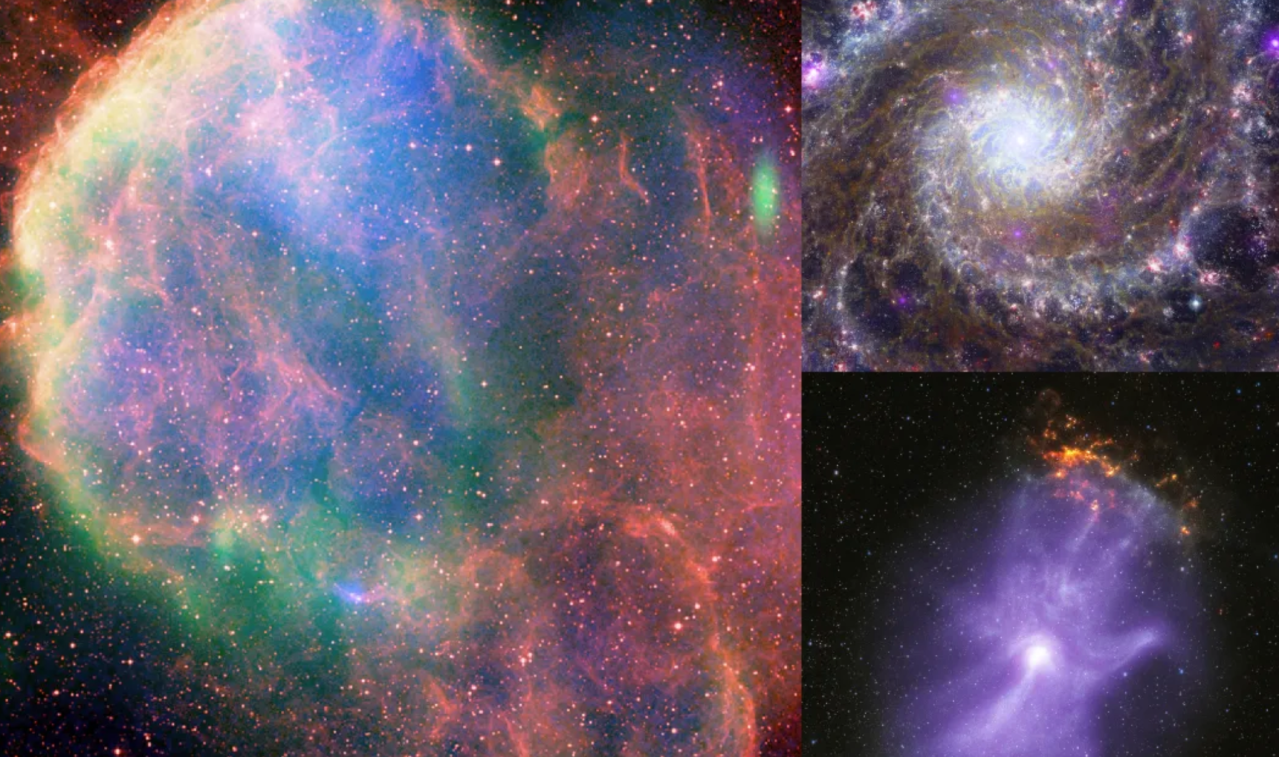Runaway 'failed star' races through the cosmos at 1.2 million mph
"This discovery mainly opens up a new pathway to studying brown dwarfs that are in remote regions of the Milky Way. If they get thrown at us, it's much easier!""

A newly discovered stellar object, CWISE J1249+3621, might be a "failed star" (brown dwarf) and is moving through the Milky Way at an incredible speed of 1.2 million mph (1.9 million kph), potentially fast enough to escape our galaxy. This object is currently around 400 light-years from Earth and has a mass of about 8% that of the sun, placing it on the boundary between a star and a brown dwarf.
CWISE J1249+3621 was discovered by citizen scientists in the Backyard Worlds: Planet 9 project using data from NASA's WISE mission. Astronomers followed up on the discovery with the Keck I Telescope in Hawaii.

An illustration of a brown dwarf with an aurora, compared to the sizes of some other space objects. (Image credit: NASA/CC)
Study leader Adam Burgasser noted that this object has extreme velocity and might not be gravitationally bound to the Milky Way. Additionally, its chemical composition is unusual, opening new pathways to study brown dwarfs in remote regions of our galaxy.
The origin of this object could be an ejection from the Milky Way’s center by the supermassive black hole, an interaction with a "cosmic vampire" (a white dwarf), or an expulsion from a globular cluster. There is also a remote possibility that it comes from outside the Milky Way.

An illustration of a faint brown dwarf and its infrared emissions . (Image credit: NASA, ESA, CSA, LEAH HUSTAK (SPACE TELESCOPE SCIENCE INSTITUTE))
Runaway brown dwarfs like CWISE J1249+3621 are difficult to detect due to their faint and cool nature. The team plans to investigate its atmosphere further and search for more similar objects, with the help of citizen scientists.
The research is discussed in a pre-peer-reviewed paper on the arXiv repository.







